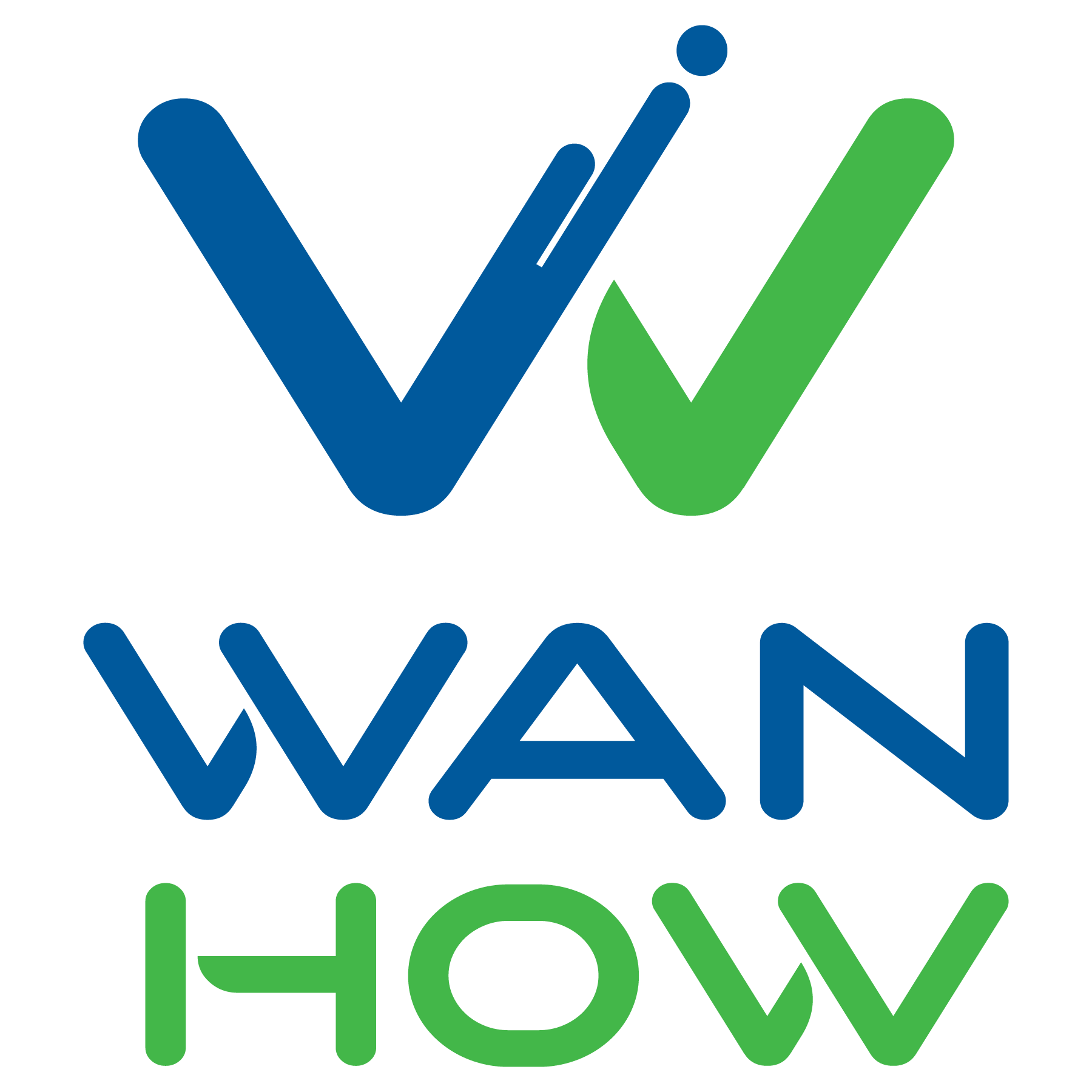Project management can be a complex and challenging task, and it requires a lot of attention to detail in order to ensure its success. As a project manager, you need to be constantly on top of things, and that means having a quality checklist that will help you stay organized and focused. In this article, we’ll take a look at 10 essential items that you should include in your quality checklist for project management. These items are designed to help you streamline your processes, improve your efficiency, and ensure that your projects are delivered on time, on budget, and to the highest possible standard. From project planning to team communication and stakeholder engagement, these 10 items are the key to successful project management. So if you’re a project manager looking to take your skills to the next level, read on and discover the 10 essential items for your quality checklist in project management!

The importance of a quality checklist in project management
Before we dive into the essential items for your quality checklist in project management, it’s important to understand why having a quality checklist is so important. A quality checklist is a tool that project managers can use to ensure that their projects meet the required quality standards. It helps project managers to identify potential issues early on in the project lifecycle, and to take corrective action before those issues become major problems. A quality checklist also helps project managers to keep their teams focused on the most important aspects of the project, and to ensure that everyone is working towards the same goals.
Having a quality checklist in place can also help project managers to improve their efficiency. By having a set of predefined quality standards, project managers can save time and reduce the risk of errors by ensuring that they are adhering to established best practices. In addition, having a quality checklist can help project managers to build trust with their stakeholders. By demonstrating that they have a solid quality management plan in place, project managers can give their stakeholders confidence that the project will be delivered to a high standard.
The essential items for your quality checklist
Now that we understand the importance of having a quality checklist in project management, let’s take a look at the 10 essential items that you should include in your checklist.
1. Quality management plan
The first essential item for your quality checklist is a quality management plan. This plan should outline the processes and procedures that you will use to ensure that your project meets the required quality standards. It should also include details on how you will measure and monitor quality, as well as how you will take corrective action if quality standards are not being met.
Your quality management plan should be comprehensive and should cover all aspects of your project. It should also be reviewed and updated regularly to ensure that it remains relevant and effective.
2. Product quality metrics
The second essential item for your quality checklist is product quality metrics. These metrics should be used to measure the quality of the deliverables that your project will produce. They should be clear, measurable, and controllable, and should be agreed upon by all stakeholders.
Product quality metrics can include things like defect rates, customer satisfaction scores, and on-time delivery rates. By measuring these metrics, you can ensure that your project is delivering high-quality products that meet the needs of your stakeholders.
3. Process quality metrics
In addition to product quality metrics, you should also include process quality metrics in your quality checklist. These metrics should be used to measure the quality of the processes that you are using to deliver your project. They should be clear, measurable, and controllable, and should be agreed upon by all stakeholders.
Process quality metrics can include things like cycle time, defect rates, and process adherence rates. By measuring these metrics, you can ensure that your project is using efficient and effective processes that are delivering high-quality products and services.
4. Establish quality metrics review process
The fourth essential item for your quality checklist is to establish a quality metrics review process. This process should outline how you will review and analyze your quality metrics, and how you will take corrective action if quality standards are not being met.
Your quality metrics review process should be comprehensive and should cover all aspects of your project. It should also be reviewed and updated regularly to ensure that it remains relevant and effective.
5. All quality metrics must be clear, measurable, controllable, and reportable?
The fifth essential item for your quality checklist is to ensure that all quality metrics are clear, measurable, controllable, and reportable. This means that your quality metrics should be easy to understand, should be able to be measured accurately, should be within your control to improve, and should be able to be reported to stakeholders.
By ensuring that your quality metrics meet these criteria, you can ensure that they are effective in measuring quality and driving improvement.
6. Establish, document, and communicate quality thresholds and limits
The sixth essential item for your quality checklist is to establish, document, and communicate quality thresholds and limits. This means that you should have clear criteria for what constitutes acceptable levels of quality, and what levels of quality are unacceptable.
By establishing and communicating these thresholds and limits, you can ensure that everyone on your team is working towards the same goals and that there is a shared understanding of what constitutes acceptable levels of quality.
7. Set up a repository for quality management documentation
The seventh essential item for your quality checklist is to set up a repository for quality management documentation. This means that you should have a centralized location where all quality management documentation is stored and can be easily accessed by your team.
By having a centralized repository for quality management documentation, you can ensure that everyone on your team has access to the information they need to ensure quality and that there is a single source of truth for all quality-related information.
8. Standardized collection methods for quality metrics
The eighth essential item for your quality checklist is to use standardized collection methods for your quality metrics. This means that you should have clear processes in place for collecting and reporting quality metrics, and that everyone on your team should be using the same methods.
By using standardized collection methods, you can reduce and minimize error in the quality data, ensure that your quality metrics are accurate and consistent. This means that stakeholders can rely on the quality data when making decisions instead of questioning it.
9. Standardized collection frequency for quality metrics
The ninth essential item for your quality checklist is to use standardized collection frequency for your quality metrics. This means that you should have clear processes in place for collecting quality metrics at regular intervals, and that everyone on your team should be following the same schedule.
By using standardized collection frequency, you can ensure that your quality metrics are up-to-date and that you are comparing metrics according to the same timeframe year after year. You also eliminate sampling errors due to inconsistent or random collection times.
10. Establish quality metrics review meetings
The tenth essential item for your quality checklist is to establish quality metrics review meetings. These meetings should be scheduled at regular intervals and should be used to review and analyze your quality metrics.
By holding regular quality metrics review meetings, you can ensure that you are on track to deliver high-quality products and services, and that you are taking corrective action if quality standards are not being met.
The resources needed for quality assurance and control
In addition to the 10 essential items for your quality checklist, it’s also important to consider the resources needed for quality assurance and control. This can include things like tools and software for measuring and reporting quality metrics, as well as training and development for your team.
By ensuring that you have the necessary resources in place for quality assurance and control, you can ensure that your projects are delivered to the highest possible standard.
Conclusion: Importance of using a quality checklist to ensure project success
In conclusion, having a quality checklist in place is essential for project managers who want to ensure the success of their projects. By including the 10 essential items outlined in this article in your quality checklist, you can streamline your processes, improve your efficiency, and ensure that your projects are delivered on time, on budget, and to the highest possible standard. So if you’re a project manager looking to take your skills to the next level, be sure to include these essential items in your quality checklist and watch as your projects soar to new heights of success.
Related posts
